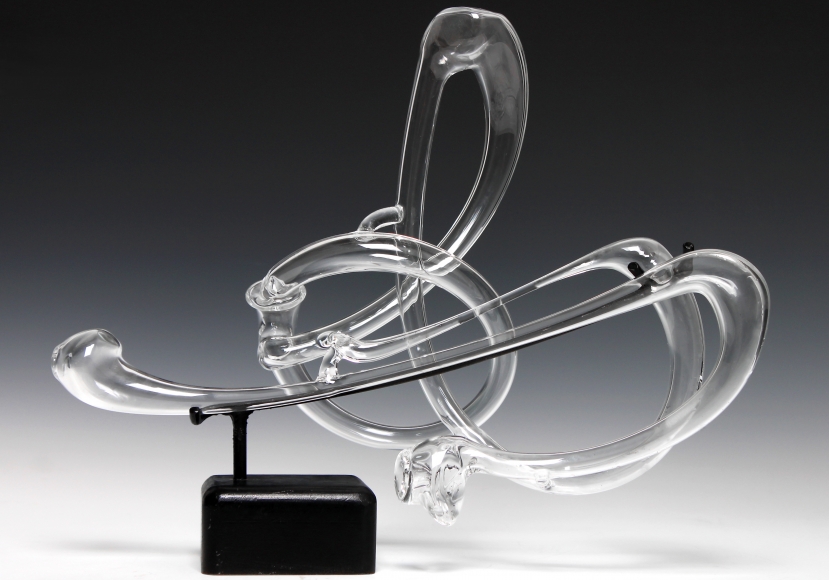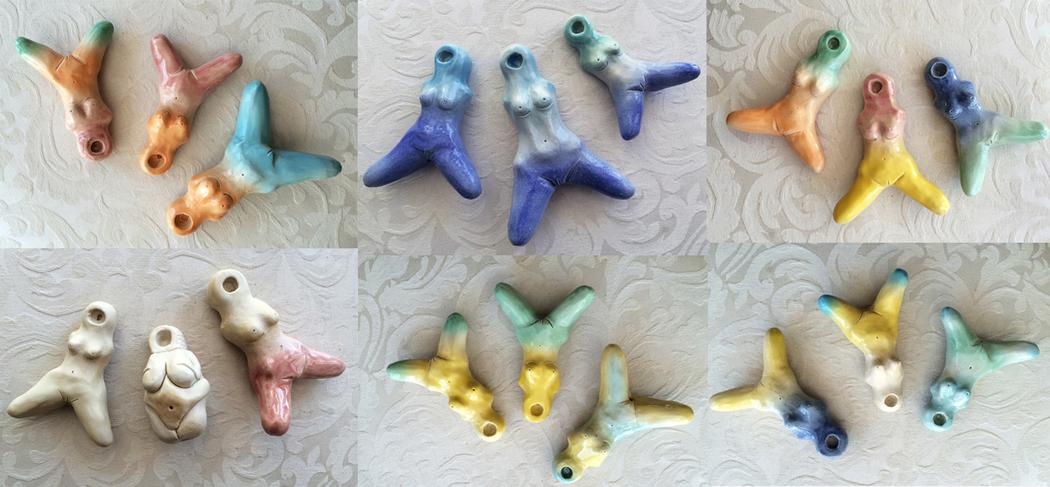In Japanese folklore there exists a beast-like deity called the Namahage. It can be found all over Japan, taking on different appearances and even names depending on the region. Although harmless, it exists to scare those who are lazy or wrongdoing out of their bad habits. Inspired by this tradition, media artist Etsuko Ichihara decided to create a modern-day version of the Namahage specifically for Tokyo, and unleash in onto the streets of Shibuya, Harajuku and Akihabara.
In the traditional Japanese ritual, men would dress up in demon masks and parade through town, visiting houses along the way. They typically yell phrases like “Are there any crybabies around?” or “Are naughty kids here?” But the Namahage have been known to admonish adults too. And by acting as a scary rule enforcer, Namahage played the important role of strengthening family and community ties. This became a critical part of Ichihara’s “Namahage in Tokyo,” a city where many young Japanese men and women immigrate too from rural Japan, hence diluting the bonds between family and community.
Ichihara’s Namahage is quite spectacular simply as a costume. Its mask consists of a camera and drone, perfect for scanning and locating lazy gamers and otaku. It’s the work of sculptor Hiroto Ikeuchi. The rest of the costume too, in which Ichihara collaborated with fashon label chloma, is beautiful in its modern interpretation of a traditional deity.
This is all so wondrous and imaginative! I enjoyed every moment of the videos, and what great gods to play with, too. Some very nice knife wielding, too! I loved the imagining of Namahage in Tokyo to have incorporated a camera, given the large role surveillance plays in all our lives anymore. That would definitely make Namahage’s job easier. Via Spoon & Tamago.























